
9 minute read
The polar pioneers
Mathieu Petiteau, PONANT, France, describes the engineering involved in equipping the first LNG-powered ship to reach the geographic North Pole.
Figure 1. Le Commandant Charcot has been made available to the scientific community and aims to provide a platform for observation, research, and analysis to study water, air, ice, and biodiversity in extreme polar regions. Image courtesy of PONANT – Nicolas Dubreuil.
When PONANT, the French luxury exploration cruise company, first set its sights on polar explorations, as expected it would only consider sustainable, environmentally-friendly options. Based on this fundamental principle, the company started designing its polar exploration vessel, Le Commandant Charcot, six years ago. The aim: to explore the poles and all the remote areas of the Earth’s southernmost continent.
Sailing under the French flag, with a capacity of up to 245 passengers and 215 crew members, Le Commandant Charcot launched in Le Havre, France, at the end of September 2021, before heading straight to her first Antarctic season from October 2021.
Protecting the oceans, their ecosystems, and the environment in general is a priority for PONANT, which is why it incorporated cutting-edge technology and the latest innovations available from the very beginning, right from the design stage. The ship had to not only have minimal impact on the environment but also outperform its rivals in a hostile and dangerous part of the world. After intensive study and research of the maritime propulsion systems available, PONANT selected a hybrid propulsion system powered by a combination of LNG and electric batteries.
Once the decision was made to use LNG, the next challenge was how to store and make the most efficient use of this new fuel.
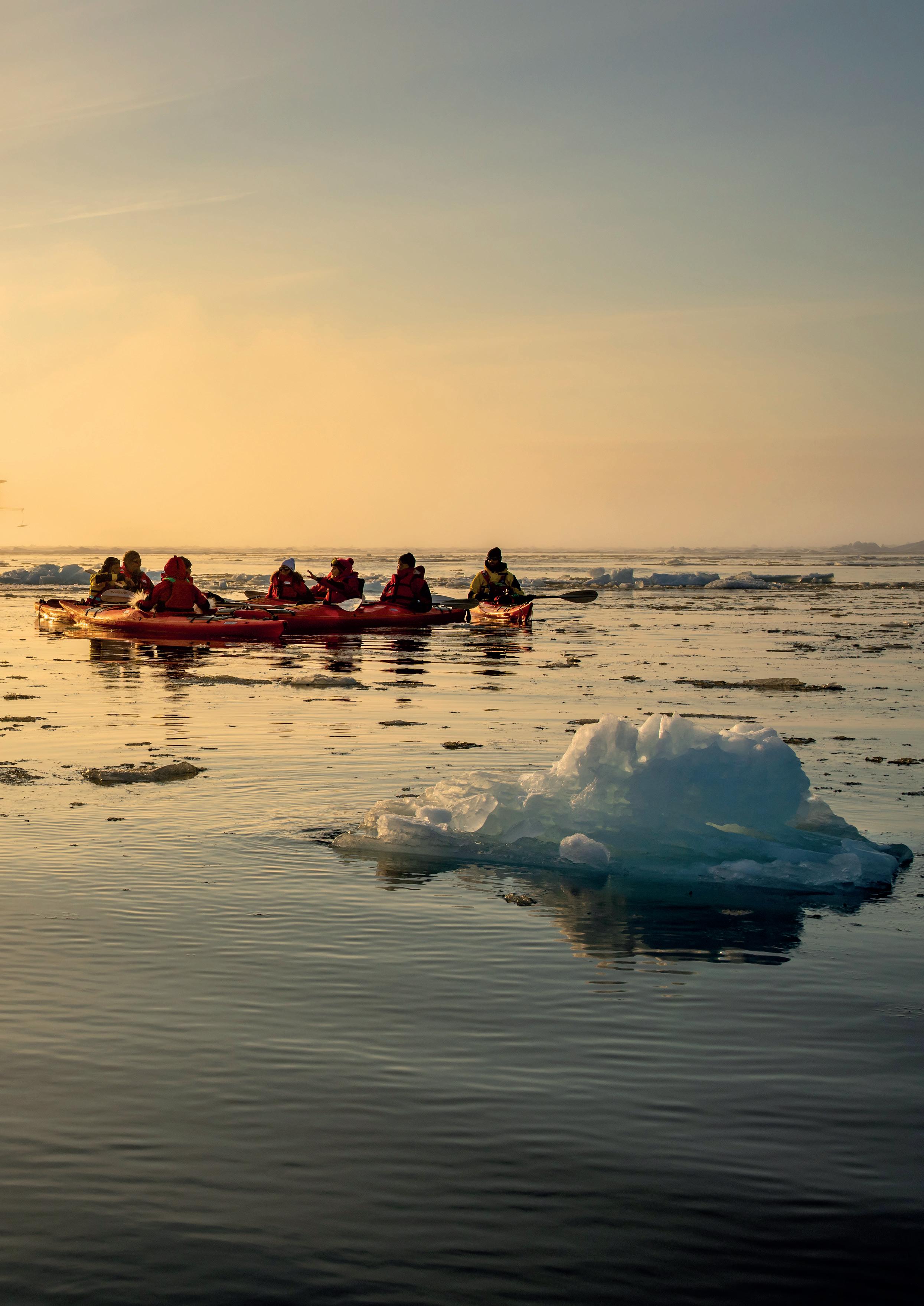
Overcoming a series of challenges
One of the conditions of allowing operations in polar regions is that the 150 m vessel is able to operate safely and with complete autonomy, in extreme ice conditions during cruises that can last up to three weeks.
Designing the LNG tanks was the first step – PONANT approached Gaztransport & Technigaz (GTT), a technology and engineering firm specialising in membrane containment systems for transporting and storing gas. GTT came up with a design offering both freedom from the usual difficulties caused by bunkering in very remote areas and an increased fuel storage capacity.
For the design of the LNG tanks onboard Le Commandant Charcot to work properly, GTT had to overcome a large number of constraints and many challenges.
Autonomy and optimised space
One of the first challenges was to ensure that the LNG tanks would not take up too much room as the goal was to have as much space as possible onboard, as well as full autonomy. This autonomy should allow the ship to make all of its trips to the north and south poles, or the Arctic Circle and Antarctica, fuelled by LNG. GTT managed to develop a customised solution meeting the constraints of a very compact expedition vessel.
As membrane tanks can adapt to the shape of a hull and to a vessel’s design, their placement can be adjusted, which helps optimise space and limit encroaching on areas that could be used for cabins. Two Mark III membrane tanks with a total capacity of 4500 m3 were placed in part under the waterline at the back of the vessel. This capacity is impressive compared to competing Type C storage solutions that go only to 2900 m3 . The membrane solution thus yields an autonomy that exceeds the competing offering by 50%. The compactness of GTT’s membrane containment system guarantees Le Commandant Charcot an autonomy of between one and two months, depending on navigation conditions. This compact design optimised LNG storage capacity in very small spaces and thereby increased the ship’s autonomy, allowing the vessel to make all of its trips powered by LNG.
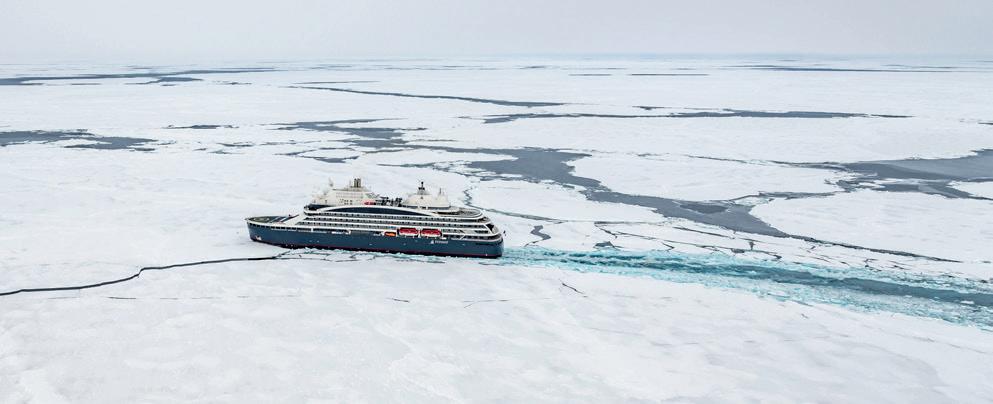
Figure 2. Sailing under the French flag, Le Commandant Charcot has a capacity of up to 245 passengers and 215 crew members. Image courtesy of PONANT – Olivier Blaud.
Figure 3. On 24 September 2021 in Le Havre, France, PONANT successfully completed the first ship-to-ship LNG bunkering operation to take place in the country in partnership with Gasum. Image courtesy of Gasum.
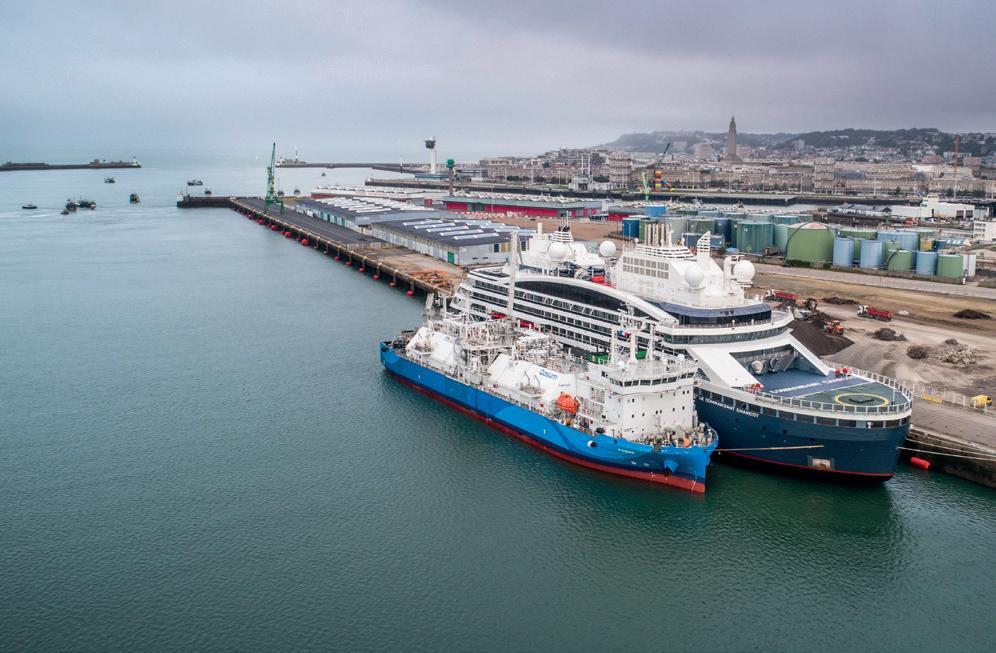
Operational optimisation
An optimisation relative to an increase in pressure up to 2 barg in the membrane tank design was requested by the classification society and PONANT to guarantee compliance with the new IGF code, reduce environmental impact, and offer more operational flexibility, particularly during LNG bunkering. This makes it possible to load LNG at higher temperatures. Operators may also receive an additional pressure increase reserve in exceptional cases (for example, a safe return to the port with insulated LNG tanks).
Specific studies and new designs
Although the cryogenic containment systems that GTT has been delivering for nearly 60 years have proved their reliability, studies specific to these new LNG tanks were carried out to verify the lack of risk. The tanks’ insulation, which keeps the LNG at a temperature of -160˚C, was selected from the very latest types of foam certified by GTT. Its thermal performances and, in particular, thermal conductivity, were tested and verified by independent laboratories. The membrane is designed in a way that compensates for dilations and contractions to prevent it from being subjected to excessive constraint.
Liquid movement studies specific to the characteristics of the vessel, the size and shape of the tanks, and the exterior conditions (sea movements, wave pressure, acceleration, extreme polar conditions, etc.) that Le Commandant Charcot will face were also carried out. The movement of the LNG inside the tanks, and its impact on the structural walls and their insulation system and internal pipes, was simulated using hexapods that reproduced the vessel’s movements and yielded insight into the fluid’s behaviour under real conditions.
During the engineering phase, GTT’s teams developed new technology bricks, in particular for the domes. Two new configurations were deployed. The first, known as a liquid dome, contains all the pipework used to load LNG or transfer it to the engines. The second, called a material passing hole, is outfitted with a bolted flange of over 1 m dia. and is used to access the tank for inspections.
A new mast design has also been developed that is much simpler than traditional LNG carrier masts that maintain the tank loading/unloading pumps and pipework.
A joint achievement
Along with GTT, PONANT worked with other key partners including Finnish firm Aker Arctic which is behind the ship’s innovative hull design, and with Norwegian shipbuilder Vard, a subsidiary of the Italian group Fincantieri, which was ultimately tasked with the building of Le Commandant Charcot.
Wärtsilä was selected to supply the latest generation of dual-fuel engines, which offer good performances and are specifically designed to run on gas. These latest-generation Wärtsilä 31DF engines are designed to work both with LNG and MGO but contrary to older models are specifically optimised for LNG, offering an increase of 13% in efficiency when on gas mode and a 5% increase when compared to older models.
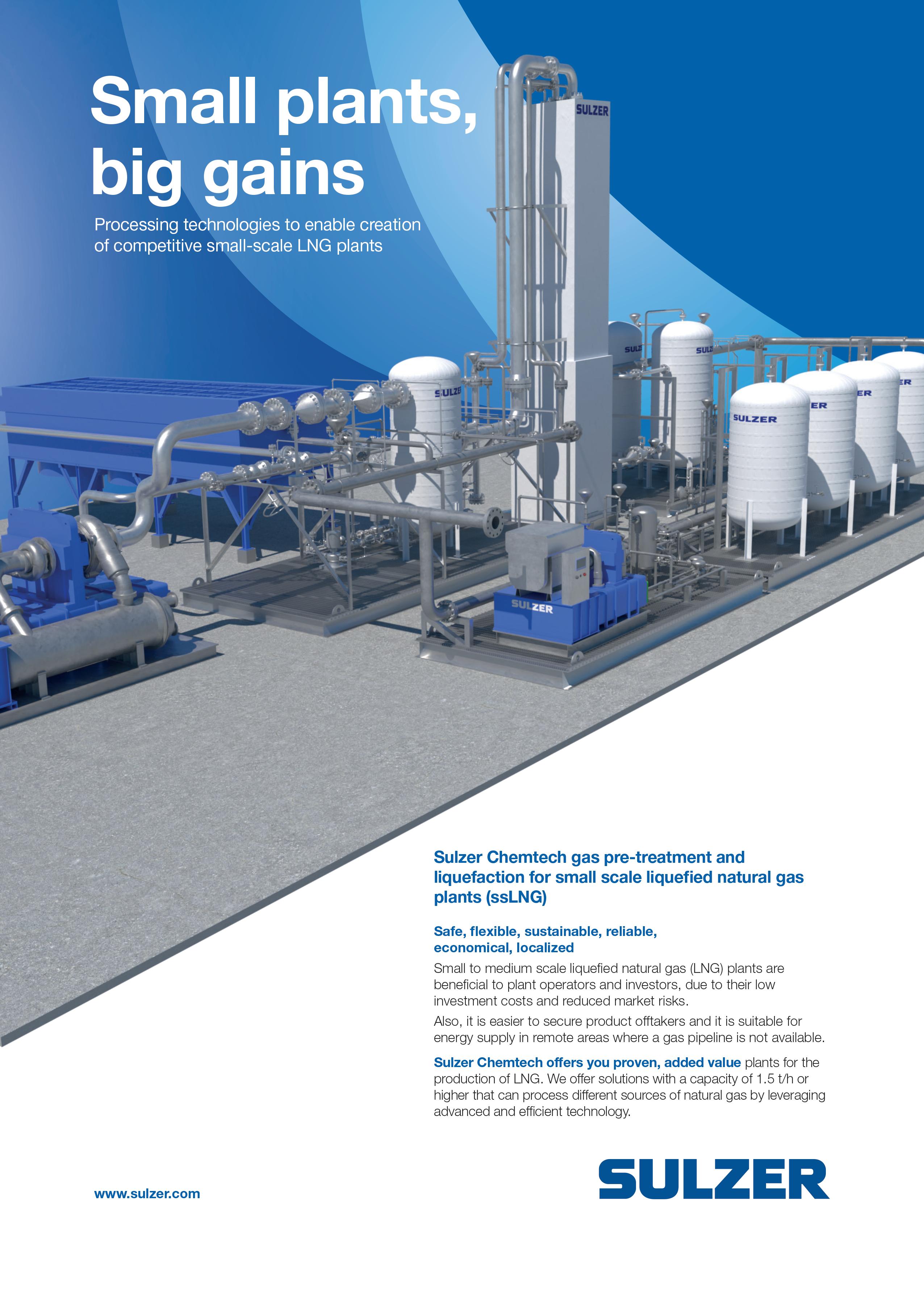
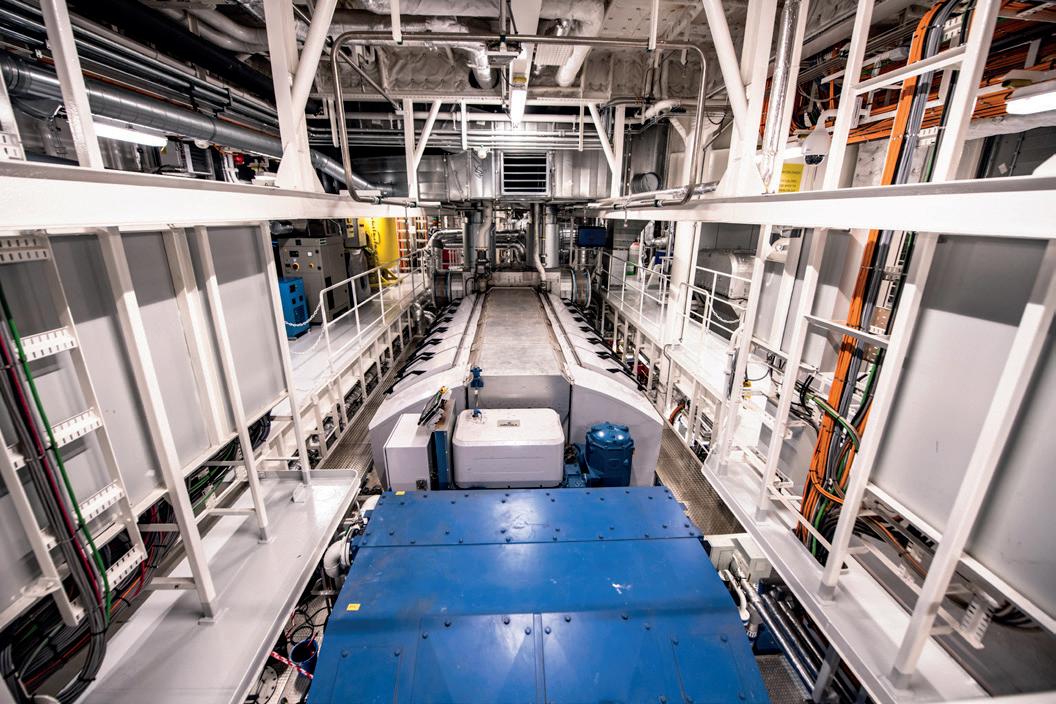
Figure 4. Wärtsilä was selected to supply the latest generation of dual-fuel engines, which are specifically designed to run on gas. Image courtesy of PONANT – Olivier Blaud.

Figure 5. Gaztransport & Technigaz (GTT) developed a customised LNG tank solution to meet the constraints of the very compact expedition vessel. Image courtesy of PONANT – Julian Fabro.
In addition to four 14-cylinder and two 10-cylinder Wärtsilä 31DF engines, Wärtsilä also supplied the fuel gas supply system, chosen because of the company’s experience and references in gas containment and gas fuel systems. This scope included the development of a very compact design for the tank connection space (TCS), a sealed enclosure located above each tank to contain the connections, equipment, and major control instruments (control valves, heat exchangers, other valves, and tank insulation).
PONANT ordered the building of a clean ship featuring technologies that go beyo,nd current industry-standard environmental regulations and Wärtsilä’s cutting-edge technologies are making a huge contribution to creating cleaner, more efficient, and more environmentally sustainable shipping.
The advantages of LNG propulsion Sailing into the future
On 24 September 2021 in Le Havre, PONANT successfully completed the first ship-to-ship LNG bunkering operation to take place in France on Le Commandant
Charcot in partnership with Gasum. Since the ship’s delivery on 29 July 2021, the first
LNG bunkering operation took place on 25 August in partnership with Gasum in Norway. It is in Le Havre,
France, that the second LNG bunkering was completed on 24 September. “These LNG bunkering operations are the culmination of several years of analysis, engineering, and trials to find the safest and most efficient way to perform this operation. The ship reached the geographic North Pole for the first time on 6 September 2021, using LNG throughout the long voyage. We are completely satisfied and particularly proud of the technical innovations developed on this ship which have enabled us to achieve such outstanding results in terms of performance,” said Hervé Gastinel, CEO of PONANT.
Le Commandant Charcot was designed as a ‘Ship of Opportunity’. A Polar Class PC2 ship, its design includes all the latest green technologies, such as 100% waste sorted onboard and waste treatment. Fitted with facilities and equipment (wet and dry labs, weather station, computer and sonar rooms, sensors and transmitters fitted in the hull, etc.) the ship has been made available to the scientific community and aims to provide the scientific world with a platform for observation, research, and analysis to study water, air, ice, and biodiversity in extreme polar regions.
PONANT’s decision to use LNG was not arbitrary, since designing its vessel to feature the latest innovations in environmental protection was one of its priorities. Le Commandant Charcot not only meets the latest environmental requirements established by the International Maritime Organization (IMO) but does even better than the current regulatory thresholds. LNG cuts the vessel’s sulfur oxide emissions by virtually 100% compared to heavy fuel oil and reduces its fine particles emissions by more than 95%. Furthermore, using LNG allows Le Commandant Charcot to comply with future regulatory standards in terms of nitrogen oxide, reducing these emissions by 85%. Finally, LNG propulsion reduces carbon emissions by up to 20% compared to fuel oil.
It should also be noted that LNG is an abundant and available resource. Oil company BP estimates that the world’s reserves will last another 230 years.1 The same cannot be said for low sulfur fuels, such as low sulfur heavy fuel oil (LSHFO).
Another major innovation onboard Le Commandant Charcot, is a 4.5 MWh energy storage system – 50 t of Li-ion batteries with a 10-year lifetime (and a set recycling programme at end of life) ensure and improve the dual engine efficiency (optimum load), keep the engines running on gas, help recover energy in ice mode, provide back-up energy in case of a blackout, allow the ship to operate in zero emission mode for up to two hours, convert extra boil-off gas (BOG) into electricity maximising energy storage, and reduce underwater noise emission.
References
1. BP Statistical Review of World Energy, 2016.










